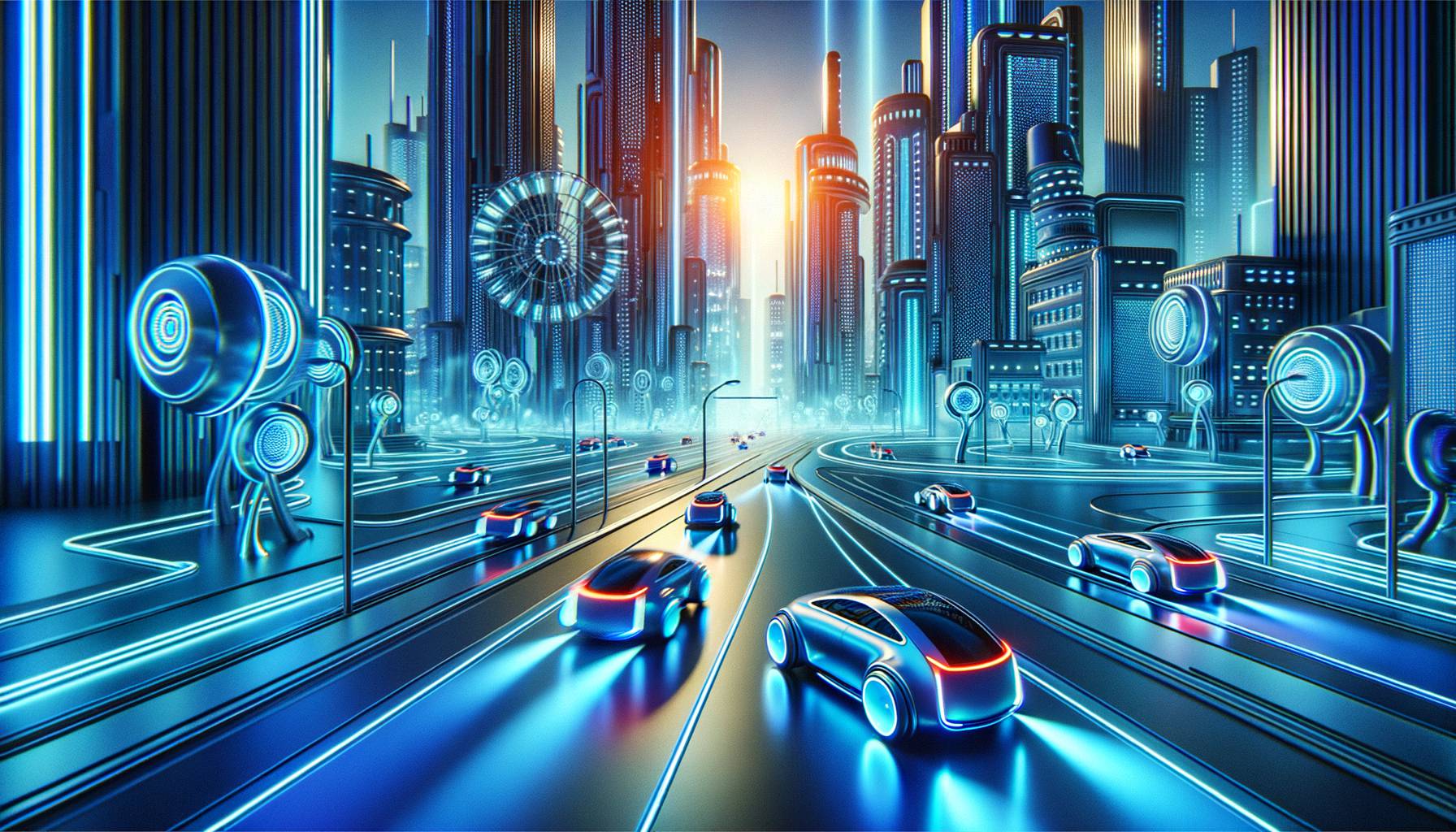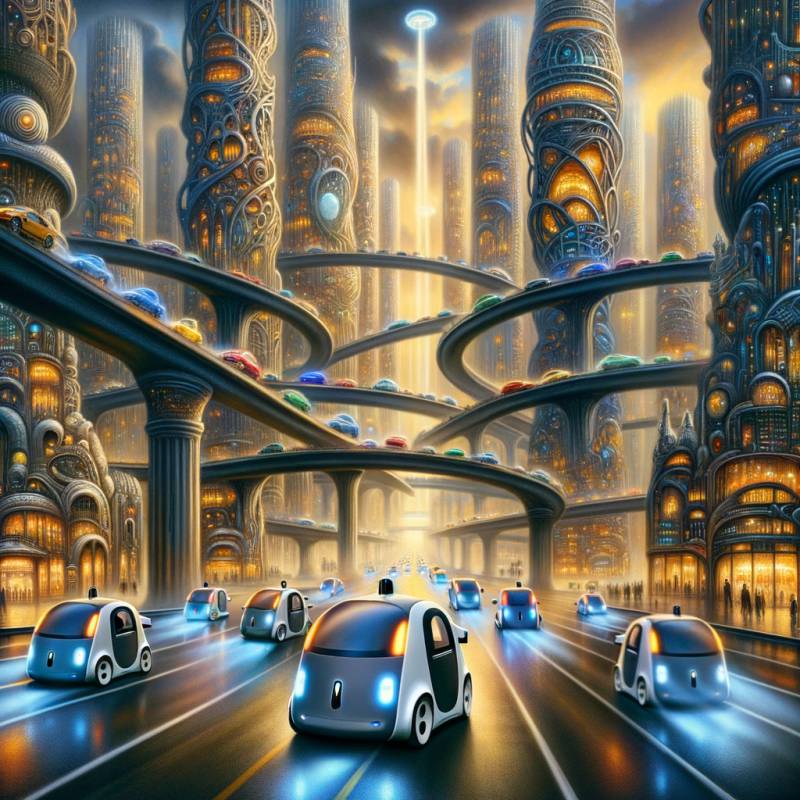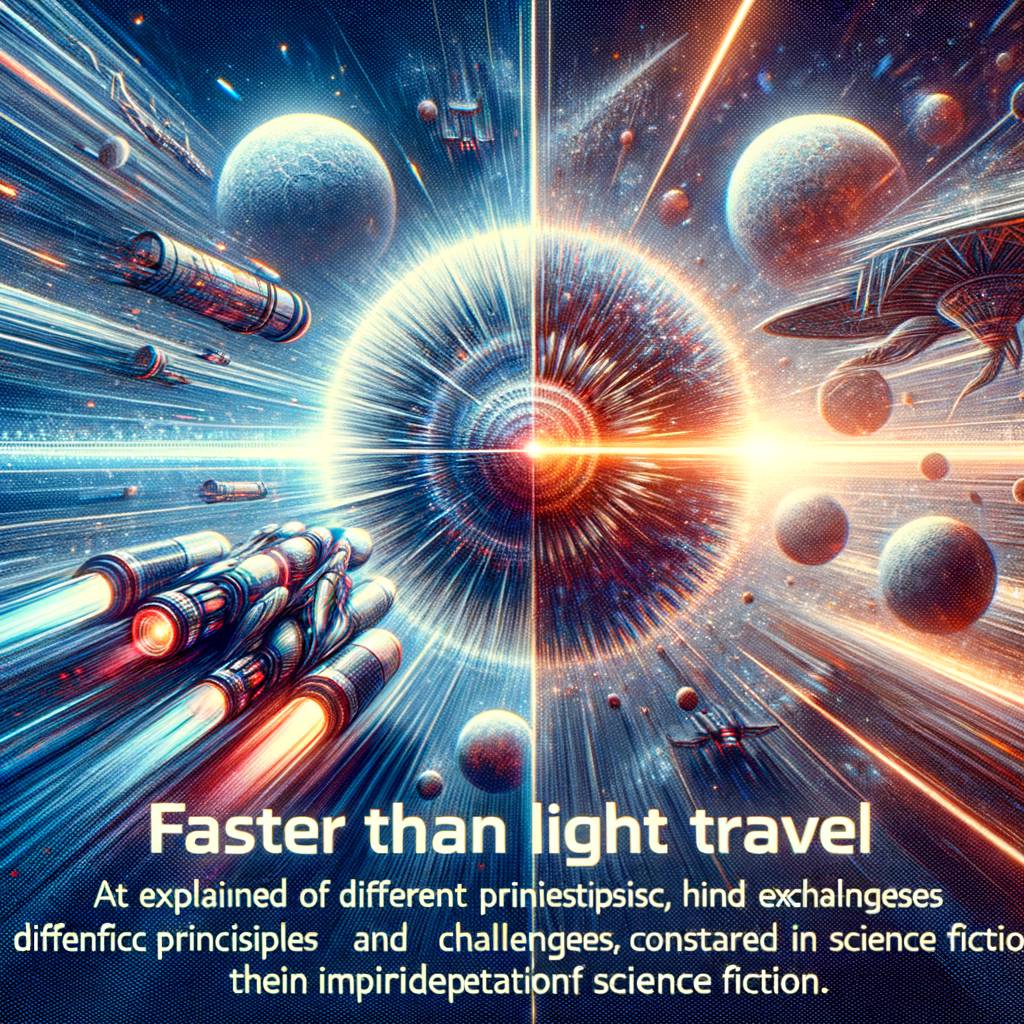Self-Driving Cars: The Minority Report Prediction

When Steven Spielberg’s “Minority Report” hit the big screens in 2002, it painted a futuristic world where self-driving cars were the norm. Fast forward to today, and we are on the brink of making this science fiction a reality. This article explores the evolution of self-driving cars, their potential benefits and challenges, and how close we are to the “Minority Report” prediction.
The Evolution of Self-Driving Cars
Self-driving cars, also known as autonomous vehicles, have been in development for several decades. The concept was first introduced in the 1980s by Carnegie Mellon University’s Navlab and ALV projects, funded by the United States’ Defense Advanced Research Projects Agency (DARPA).1 However, it wasn’t until the 2000s that the technology began to take shape, with companies like Google, Tesla, and Uber investing heavily in autonomous vehicle research and development.
The Potential Benefits of Self-Driving Cars
Autonomous vehicles promise a range of benefits, including:
- Safety: According to the National Highway Traffic Safety Administration, 94% of serious crashes are due to human error.2 Self-driving cars, with their advanced sensors and algorithms, could significantly reduce these accidents.
- Efficiency: Autonomous vehicles could optimize fuel consumption and reduce traffic congestion, leading to more efficient transportation systems.
- Accessibility: Self-driving cars could provide mobility solutions for people who are unable to drive, such as the elderly or disabled.
The Challenges Facing Self-Driving Cars
Despite the potential benefits, there are several challenges that need to be addressed before self-driving cars become mainstream. These include:
- Technical limitations: Autonomous vehicles still struggle with complex driving scenarios, such as inclement weather or unpredictable pedestrian behavior.
- Legal and regulatory issues: There is a lack of clear regulations governing the use of self-driving cars, which could lead to legal complications in the event of accidents.
- Public acceptance: Many people are still skeptical about the safety and reliability of self-driving cars, which could slow down their adoption.
How Close Are We to the “Minority Report” Prediction?
While we have made significant strides in autonomous vehicle technology, we are still some way off from the “Minority Report” prediction of a world dominated by self-driving cars. According to a report by McKinsey & Company, widespread adoption of autonomous vehicles is not expected until 2040.3
However, the future of self-driving cars is not a question of if, but when. As Elon Musk, CEO of Tesla, once said, “When Henry Ford made cheap, reliable cars, people said, ‘Nah, what’s wrong with a horse?’ That was a huge bet he made, and it worked.”4
Conclusion
The journey towards a future dominated by self-driving cars is well underway. While there are still challenges to overcome, the potential benefits of autonomous vehicles are too significant to ignore. As we continue to advance in technology and address these challenges, the “Minority Report” prediction of a world where self-driving cars are the norm may soon become a reality.
References
1 “A Short History of Self-Driving Cars.” Carnegie Mellon University.
2 “Critical Reasons for Crashes Investigated in the National Motor Vehicle Crash Causation Survey.” National Highway Traffic Safety Administration.
3 “Autonomous-vehicle technology: How to get it on the road.” McKinsey & Company.
4 “Elon Musk Quotes.” BrainyQuote.



